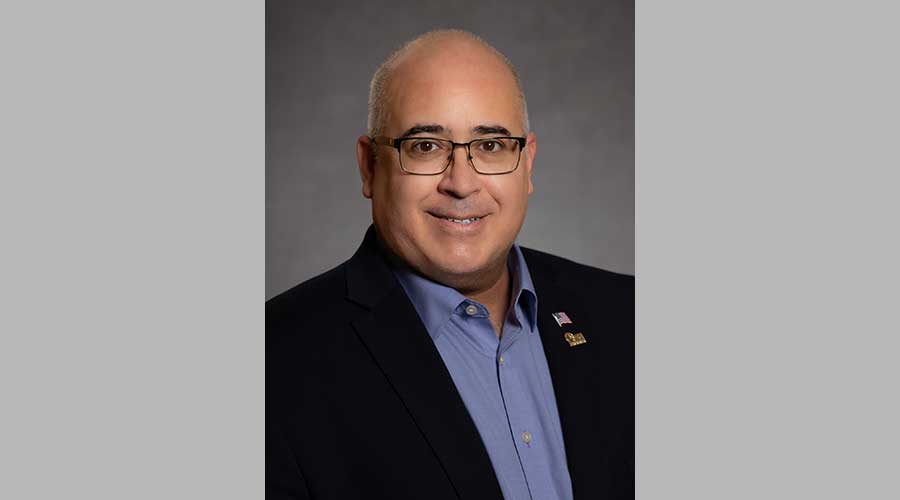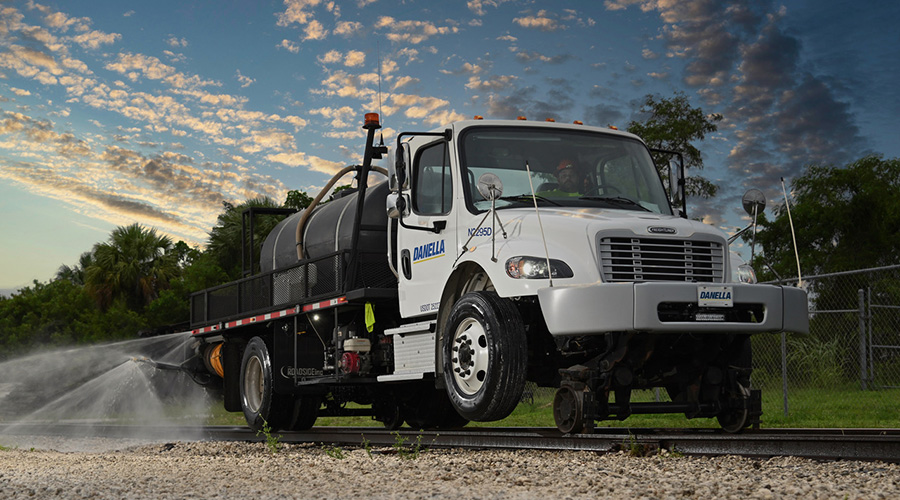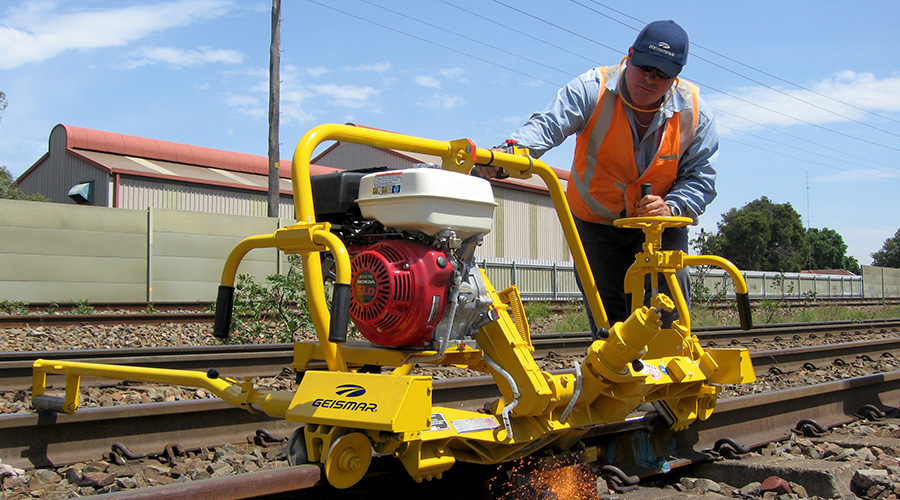Stay updated on news, articles and information for the rail industry
April 2015
Part 1 : 2015 MOW Spending Report: Railroads set aside billions of dollars to bolster infrastructure
Part 2 : Large freight railroads ramp up budgets, workloads
Part 3 : Small freight railroads target more dollars at more infrastructure improvements
Part 4 : Passenger railroads allocate additional dollars to take on a plethora of projects
Rail News: Short Lines & Regionals2015 MOW Spending Report: Railroads set aside billions of dollars to bolster infrastructure
By Jeff Stagl, Managing Editor
More of the same. That pretty much describes railroads’ maintenance-of-way (MOW) programs for 2015, according to our 14th annual survey.
Similar to what they told us last year, a majority of the polled freight and passenger railroads have increased their MOW budgets and programmed an ambitious slate of work this year. Conducted between late January and mid-March, the 2015 survey was sent to more than 200 Class Is, regionals, short lines, holding companies, transit agencies and passenger railroads, and 75 responded (including the San Francisco Municipal Transportation Agency, which provided a survey too late for the print edition, but in time for our online coverage).
Sixty-four of the respondents provided budgets for both 2015 and 2014, and among them, 41 increased planned spending, 19 decreased it and four allocated the same amount. Canadian Pacific — one of eight Class I respondents — has budgeted $750 million this year versus 2014’s $700 million for three main reasons: to keep focusing on increasing network speed and safety initiatives, address changing traffic patterns and invest in longer sidings as part of a long-train strategy.
Among the 44 short-line respondents, the Red River Valley & Western Railroad Co. budgeted $6.1 million this year compared with $5.4 million in 2014 and a more typical $1.5 million program primarily because the regional plans to carry out the largest relay rail project in its 28-year history.
The 22 passenger-rail respondents include a big budget booster, too. MTA Metro-North Railroad’s planned capital spending climbed from $60 million last year to $102 million for 2015 mostly to address a backlog of track, drainage, undergrade and bridge work. Yet, the railroad also raised a concern in its survey: ongoing funding for MOW.
“The five-year capital program is currently unfunded. Delays or reductions will significantly affect the ability of MOW facilities to function reliably,” Metro-North officials wrote in their response.
Greater Cleveland Regional Transit Authority officials are in the same boat.
“We have a $131 million backlog of rail projects that are not included in our current $80.6 million five-year rail capital improvement program,” they wrote.
Various respondents cited other program challenges. Chief among them is one that every railroad faces each year: track time for MOW work. It’s the biggest challenge facing the Metropolitan Atlanta Rapid Transit Authority (MARTA).
“Track time consists of both 54- and 30-hour windows on weekends only. You may be able to get one weekend every four to six weeks, depending on rail control, maintenance and special events,” MARTA officials wrote.
Challenges notwithstanding, railroads expect to take on a lot of MOW work this year. To provide a sense of how much, the MOW Spending Report — broken into three parts in our online coverage — includes breakdowns of programs planned by Class Is, regionals and short lines, and passenger railroads in 2015.


 2025 MOW Spending Report: Passenger-rail programs
2025 MOW Spending Report: Passenger-rail programs
 Gardner steps down as Amtrak CEO
Gardner steps down as Amtrak CEO
 Guest comment: Oliver Wyman’s David Hunt
Guest comment: Oliver Wyman’s David Hunt
 Women of Influence in Rail eBook
Women of Influence in Rail eBook
 railPrime
railPrime






